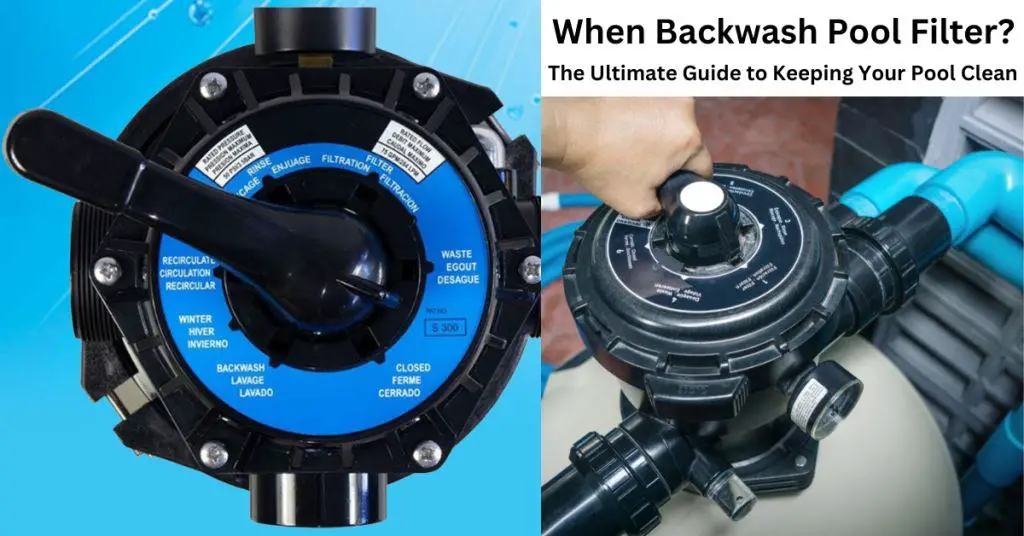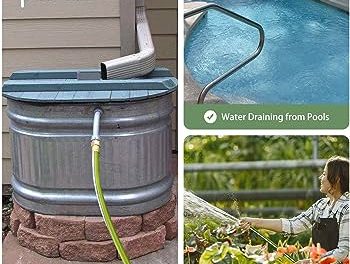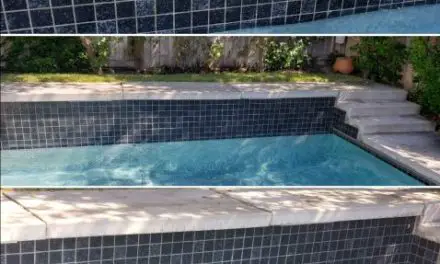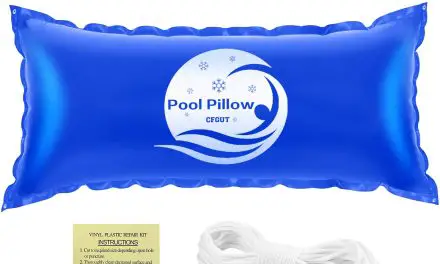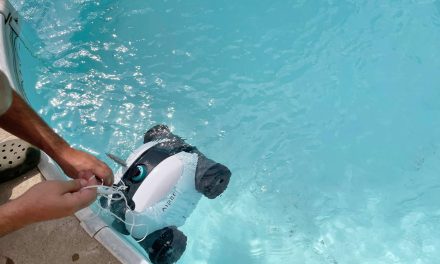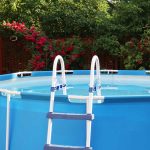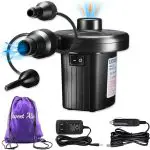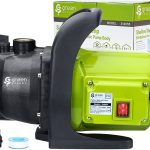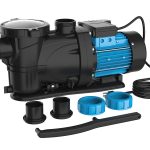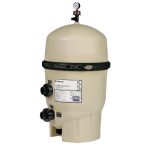Backwash your pool filter when the pressure is 10 PSI above normal or when the water flow is low. When it comes to pool maintenance, it’s crucial to know when to backwash your pool filter.
Backwashing is the process of reversing the water flow through the filter to remove debris and contaminants. It is recommended to backwash your pool filter when the pressure gauge reads 10 pounds per square inch (PSI) above the normal operating pressure.
Additionally, if you notice a decrease in water flow, it’s another sign that it’s time to backwash. By regularly backwashing your pool filter, you can ensure optimal filtration and clean, clear water for swimming. Remember, a clean filter is the key to a well-maintained pool.
Introduction To Pool Maintenance
Proper pool maintenance is crucial to ensure the cleanliness and longevity of your pool. Regular maintenance tasks include cleaning the pool, balancing the water chemistry, and inspecting the equipment. By following these guidelines, you can prevent the accumulation of dirt, debris, and bacteria in your pool.
Backwashing the pool filter is an essential part of pool maintenance. It involves reversing the flow of water to remove debris and contaminants trapped in the filter. The frequency of backwashing depends on various factors, such as the size of the pool, usage, and water condition.
It is recommended to backwash the filter when the pressure gauge on the filter reaches the specified limit. Regular backwashing will help maintain optimal filtration and ensure clean and clear pool water.
What Is Backwashing?
Backwashing is the process of cleaning a pool filter by reversing the water flow. It is done to remove debris and contaminants that have accumulated in the filter. During normal filtration, the pool water passes through the filter, trapping dirt and particles.
Over time, the filter becomes clogged and needs to be cleaned. Backwashing is an effective method to remove trapped debris. It involves changing the direction of water flow so that it flushes out the accumulated dirt from the filter and sends it out through the waste line.
By backwashing regularly, you can maintain the efficiency of your pool filter and ensure clean and clear water for swimming. It is important to follow the manufacturer’s guidelines for when to backwash your specific type of filter, as the frequency can vary depending on factors such as pool usage and water quality.
When Should You Backwash?
Backwashing your pool filter is an essential maintenance task to keep your pool clean and clear. But when should you backwash? There are several signs that indicate your pool filter needs to be backwashed. Firstly, if you notice a decrease in water flow or pressure, it may be a sign that your filter is becoming clogged.
Another sign is when the water in your pool starts to appear cloudy or dirty, indicating that the filter is not effectively removing debris. Additionally, if you observe an increase in the filter’s pressure gauge reading, it suggests that it’s time to backwash.
The frequency of backwashing depends on your pool usage and filter type. Generally, it’s recommended to backwash the filter once the pressure gauge rises to around 8-10 psi above the normal operating pressure. Regular backwashing will help maintain your pool’s water quality and extend the lifespan of your filter.
How To Backwash A Sand Filter
Backwashing a sand filter is an essential maintenance task for keeping your pool water clean and clear. To backwash a sand filter, follow these step-by-step guidelines: 1. Turn off the pool pump and close any valves connecting to the filter system.
2. Attach a backwash hose to the waste port on the filter. 3. Turn the multiport valve to the backwash position. 4. Turn on the pool pump and let it run for about 2-3 minutes, or until the water runs clear.
5. Turn off the pump and switch the valve to the rinse position. 6. Turn on the pump and let it run for about 30 seconds to flush out any remaining debris. Remember to regularly backwash your sand filter to maintain optimal filtration efficiency.
Additionally, make sure to check the manufacturer’s instructions for specific guidelines and safety precautions for your particular filter model.
Other Types Of Pool Filters And Backwashing Methods
Backwashing D. E. Filters is an essential step in maintaining the cleanliness of your pool. By reversing the flow of water through the filter, it removes dirt, debris, and other impurities trapped in the filter media. To backwash a D.
E. Filter, start by turning off the pump and placing the multiport valve in the backwash position. Then, turn the pump back on and let it run until the water in the sight glass turns clear. Finally, turn off the pump, return the valve to the filter position, and restart the pump.
Backwashing cartridge filters involves removing the filter cartridge and rinsing it with a hose to remove debris. Alternative methods for cleaning pool filters include using filter cleaning solutions and enzyme cleaners, or soaking the filter in a muriatic acid solution.
Regularly backwashing and cleaning your pool filters is vital for maintaining clear, clean, and balanced water in your pool.
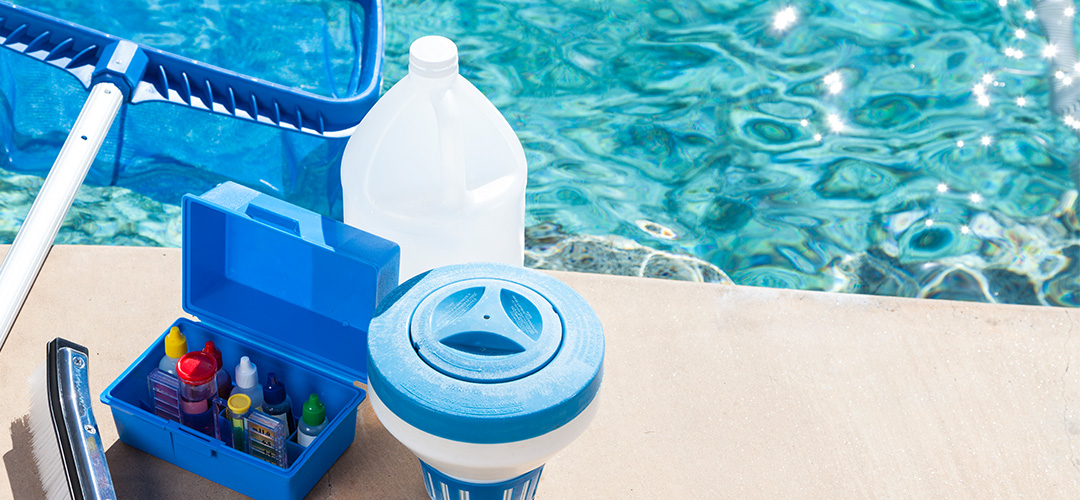
Credit: www.swimmingpool.com
Frequently Asked Questions For When Backwash Pool Filter?
How Do I Know When To Backwash My Pool Filter?
Backwashing your pool filter is necessary to maintain its efficiency and cleanliness. You should backwash your pool filter when the pressure gauge on the filter reaches 10 pounds per square inch (PSI) higher than the normal operating pressure. This indicates that the filter is becoming clogged with debris and needs to be cleaned.
Another sign that it’s time to backwash is when you notice a decrease in water flow or cloudy water in your pool. Additionally, if there has been heavy rain or a lot of debris in the pool, it is a good idea to backwash the filter to remove any accumulated dirt or particles.
Regularly backwashing your pool filter helps to ensure optimal performance and keeps your pool water clean and safe for swimming.
How Long Should You Backwash A Pool?
To backwash a pool, you should do it for approximately 2-3 minutes.
Do You Leave The Filter On When You Backwash?
Yes, you should leave the filter on when you backwash.
Do You Backwash A Pool With The Pump Running?
Yes, you backwash a pool with the pump running. Backwashing is a process where you clean the pool filter to remove accumulated dirt and debris. To backwash, you need to first turn off the power supply to the pool pump.
Next, set the multiport valve on your filter to the “backwash” position. Then, turn on the pump, and let it run for a few minutes until the water in the sight glass becomes clear. Once the water appears clear, turn off the pump, set the valve to the “rinse” position, and turn the pump back on for about 30 seconds.
After rinsing, turn off the pump again, return the valve to the “filter” position, and turn the pump back on to resume normal filtration. Backwashing should be done regularly to ensure optimal pool water quality.
Conclusion
Understanding when to backwash your pool filter is crucial for maintaining clean and healthy pool water. Backwashing helps remove debris, dirt, and contaminants from the filter, allowing it to operate efficiently. It is recommended to backwash your filter when the pressure reaches about 10 PSI above normal or when water flow becomes reduced.
Additionally, backwashing should be done after heavy rainfall or when the water appears cloudy. Regular maintenance and monitoring of your pool filter are essential to ensure optimal performance. By following these guidelines, you can keep your pool water crystal clear and enjoyable throughout the swimming season.
Remember to consult your specific filter’s manual for detailed instructions on backwashing and maintenance. Don’t forget to prioritize the cleanliness of your pool filter for a refreshing and inviting swimming experience.

